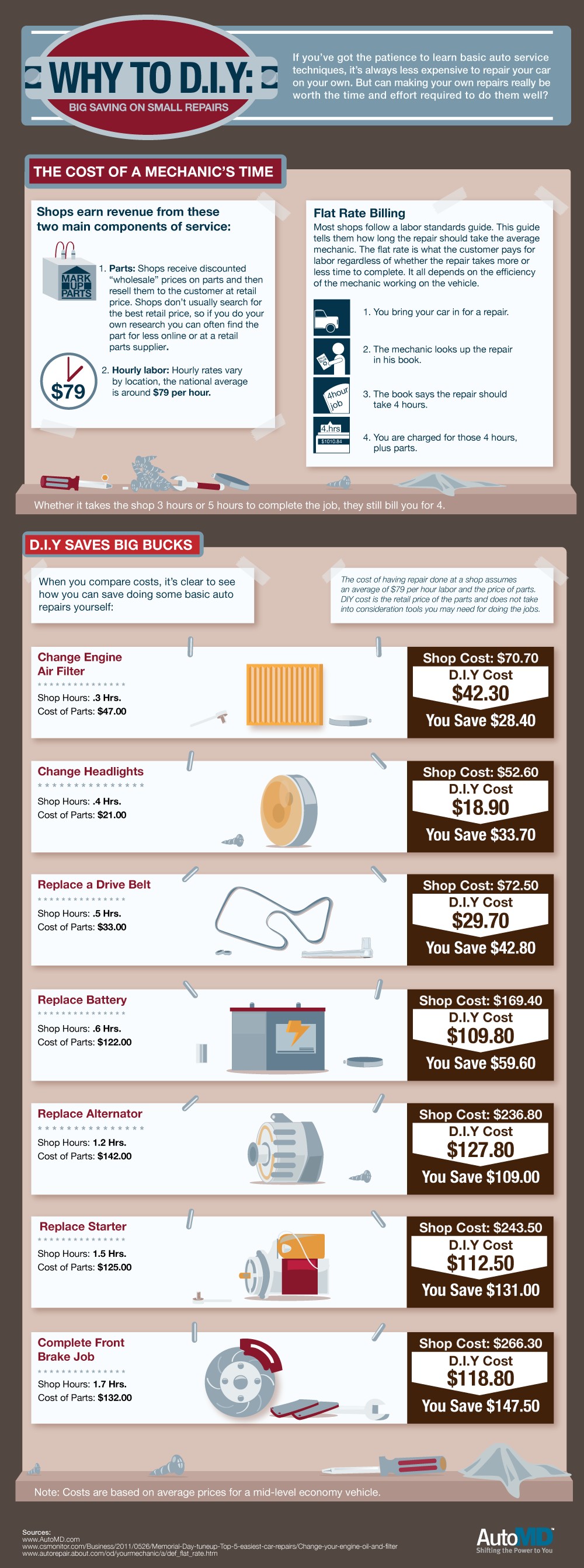Analyzing Your Vehicle'S Alert Lighting: Their Real Ramifications
Analyzing Your Vehicle'S Alert Lighting: Their Real Ramifications
Blog Article
Web Content Created By-Faulkner Dalgaard
When you're behind the wheel, those glowing warning lights on your control panel can be a little bit complicated. Do you understand what they're trying to tell you concerning your auto's health? Recognizing the significance of these lights is crucial for your safety and security and the long life of your automobile. So, the following time one of those lights turns up, wouldn't you intend to analyze its message properly and take the needed actions to resolve it?
Common Warning Lighting and Interpretations
Recognize common warning lights in your automobile and understand their meanings to make sure risk-free driving.
One of the most common caution lights consist of the check engine light, which signals concerns with the engine or emissions system. If this light comes on, it's essential to have your vehicle examined quickly.
The oil stress warning light suggests low oil pressure, needing instant attention to prevent engine damages.
A flashing battery light might suggest a faulty charging system, potentially leaving you stranded if not addressed.
The tire stress monitoring system (TPMS) light alerts you to reduced tire stress, affecting automobile stability and gas performance. Neglecting this could lead to unsafe driving conditions.
The abdominal light suggests an issue with the anti-lock stopping system, endangering your ability to stop promptly in emergencies.
Finally, the coolant temperature alerting light warns of engine getting too hot, which can cause extreme damage if not settled quickly.
Recognizing https://chassispartscar95173.bloginder.com/31829484/perfect-your-capability-to-choose-the-most-ideal-auto-service-center-by-using-these-ten-insightful-guidelines will certainly assist you resolve problems immediately and keep safe driving conditions.
Significance of Prompt Interest
Comprehending the usual caution lights in your car is just the primary step; the value of quickly addressing these cautions can not be stressed enough to guarantee your safety and security when traveling.
When a caution light brightens on your dashboard, it's your cars and truck's means of interacting a possible problem that needs focus. Overlooking these warnings can result in more severe troubles in the future, jeopardizing your safety and security and possibly costing you extra in repairs.
Motivate interest to advising lights can avoid malfunctions and crashes. For instance, a blinking check engine light could show a misfire that, if left neglected, can trigger damage to the catalytic converter. Addressing this immediately can save you from an expensive repair service.
Likewise, a brake system cautioning light may signal reduced brake fluid or used brake pads, essential components for your safety and security when driving.
Do It Yourself Troubleshooting Tips
If you see a caution light on your dashboard, there are a couple of DIY repairing pointers you can attempt prior to seeking professional help.
The initial step is to consult your automobile's manual to comprehend what the details caution light indicates. Often the problem can be as basic as a loose gas cap triggering the check engine light. Tightening the gas cap might fix the problem.
An additional common concern is a low battery, which can cause numerous alerting lights. Inspecting car detailing for deterioration and guaranteeing they're secure might fix the problem.
If a warning light persists, you can attempt resetting it by detaching the vehicle's battery for a couple of mins and after that reconnecting it. Furthermore, checking your car's liquid levels, such as oil, coolant, and brake liquid, can assist fix cautioning lights connected to these systems.
Verdict
In conclusion, understanding your auto's caution lights is vital for maintaining your car running smoothly and safely. By immediately attending to these informs and recognizing what they imply, you can avoid costly fixings and prospective failures.
Keep in mind to consult your vehicle's guidebook for particular details on each cautioning light and do something about it as necessary to make certain a hassle-free driving experience.
Stay educated, stay safe when traveling!
